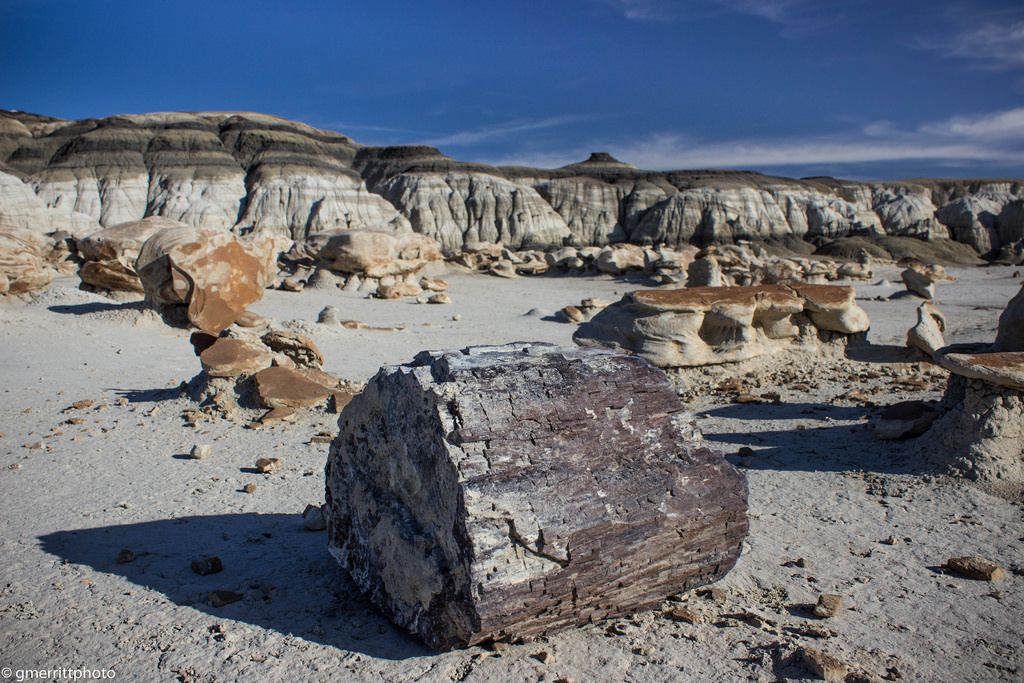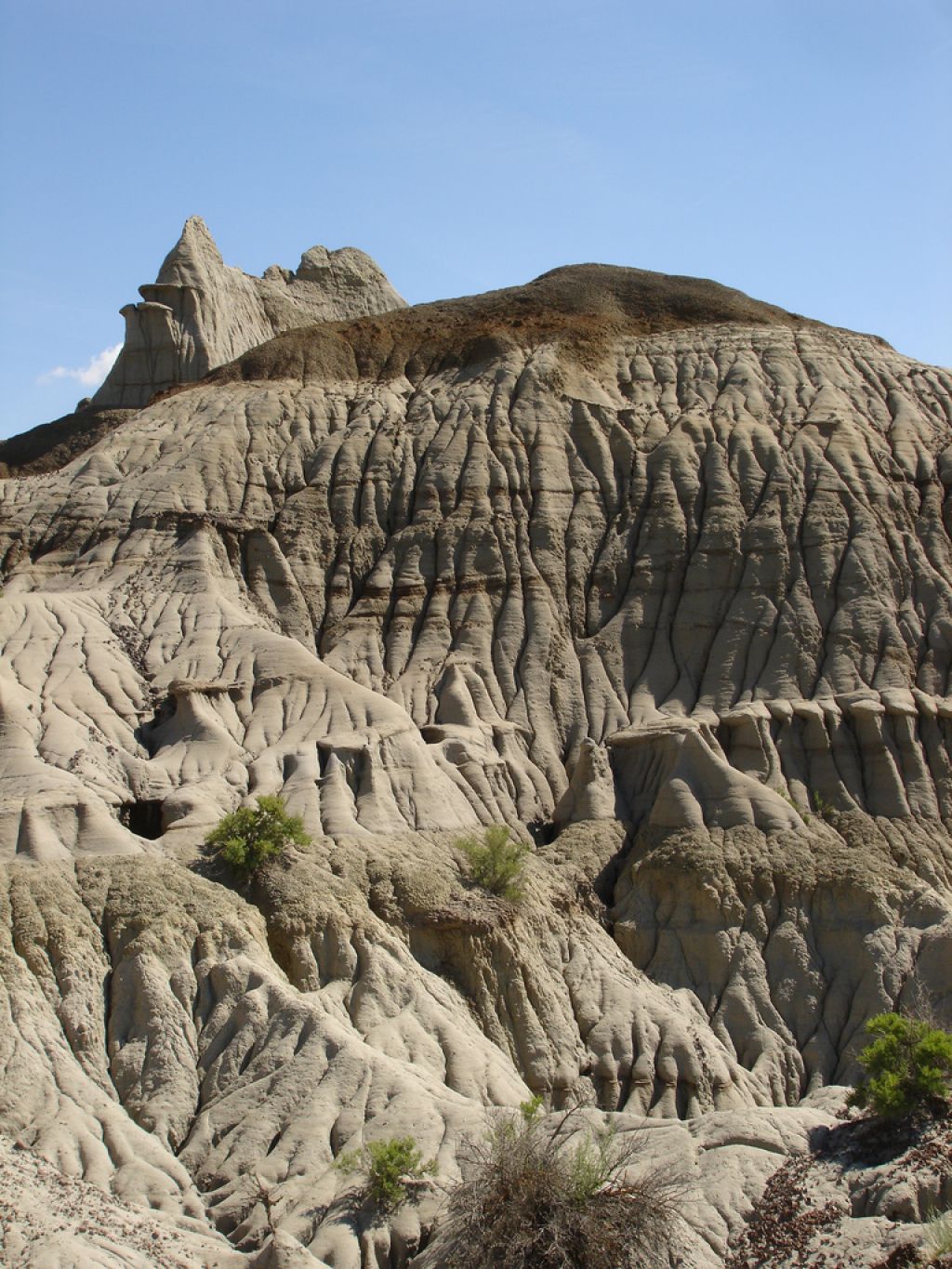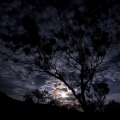All of this wilderness is located in New Mexico and is managed by the Bureau of Land Management. De-Na-Zin Wilderness Area is a remote, high desert region of colorful, low relief badlands, split by many branched dry washes and containing innumerable eroded rock formations, fossils and pieces of petrified wood, including complete trunks up to 100 feet long. The unusual and ever changing scenery is a product of time and the natural elements. There are two major geological formations found in the wilderness, the Fruitland Formation and the Kirtland Shale. The Fruitland Formation makes up most of what the visitor will see while in the badlands where weathering of the sandstone forms the many spires and hoodoos (sculpted rock) found throughout the area. The Kirtland Shale contains rock of various colors and dominates the eastern part of the wilderness.






credit: Glenn Merritt
Tags: amazing sight, badlands, Beautiful, Bisi/ De-Na-Zin, Bisti/DeNaZin, Cracked Eggs, de-na-zin, great detail, new mexico, White Badlands, Wilderness
Relevant Articles


Dinosaur Provincial Park is located about two and a half hours drive southeast of Calgary, Alberta, Canada. The nearly 29-square-mile (75-square-km) park is best known for its extensive fossil beds, within which have been identified some 35 different species of dinosaurs from the Late Cretaceous Epoch (about 100 to 65 million years ago). Over 300 dinosaur skeletons have been found here. The park protects a very complex ecosystem including three communities: prairie grasslands, badlands, and riverside cottonwoods. Its ecosystem is surrounded by prairies but is unique unto itself. The park offers unique and stunning scenery, great camping and over a dozen interpretive programs designed to educate and entertain visitors of all ages.













credit: Kevin Saff
Tags: alberta, alberta parks, Ankylosauria, badlands, Brooks, Caenagnathidae, Canada, Ceratopsia, Dinosaur, dinosaur provincial park, Dromaeosauridae, Fossil, Hadrosauridae, hoodoo, Hypsilophodontidae, Ornithomimidae, Pachycephalosauria, park, Provincial, provincial park, Richest, Site, Troodontidae, Tyrannosauridae, UNESCO World Heritage Site
Relevant Articles







 Vila Isabel at Carnival in Rio d...
Vila Isabel at Carnival in Rio d... Salar de Uyuni – The world...
Salar de Uyuni – The world... Unique Exhibit Carrieres de Lumi...
Unique Exhibit Carrieres de Lumi... Carrizo Plain National Monument
Carrizo Plain National Monument Versaille One of the Most Popula...
Versaille One of the Most Popula... Air Force Museum of New Zealand ...
Air Force Museum of New Zealand ... Biblioteca Vasconcelos – P...
Biblioteca Vasconcelos – P...













 The Largest Collection of Dinosa...
The Largest Collection of Dinosa... Gros Morne National Park, Canada...
Gros Morne National Park, Canada... Macro Photography – Flying...
Macro Photography – Flying... Duro Canyon State Park
Duro Canyon State Park World Class Ocean Park in Hong K...
World Class Ocean Park in Hong K... Gates of the Arctic National Par...
Gates of the Arctic National Par... Wildlife Education – Wolf ...
Wildlife Education – Wolf ... Hitachi Seaside Park, Hitachinak...
Hitachi Seaside Park, Hitachinak...


